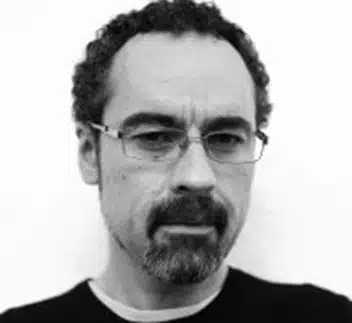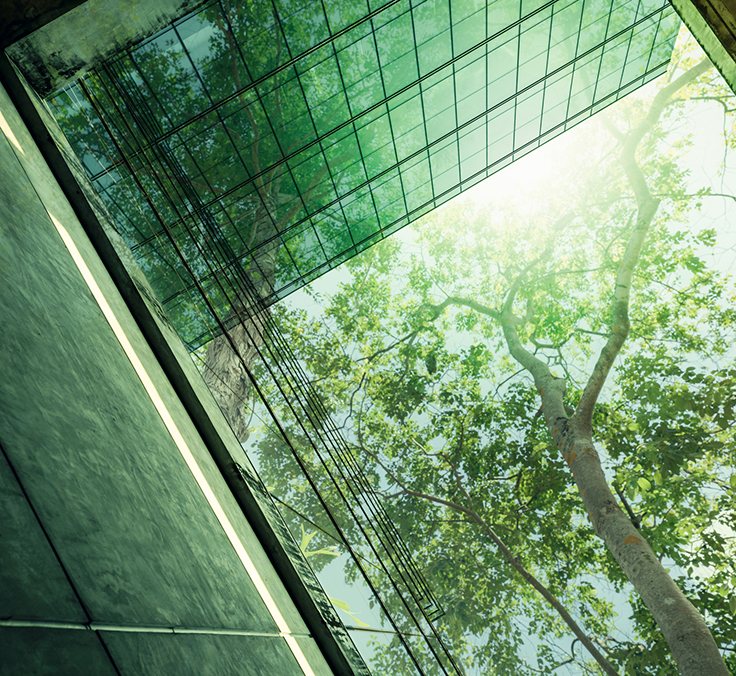SUSTAINABILITY | 01.14.2025
Passivhaus and sustainable architecture

Pablo Cerezal
In the 1990s, a sustainable building standard called Passivhaus was created, which reduces energy consumption and improves air quality, thus benefiting the environment and people. Today, this trend is positioned as a strong ally for the ecological transition.
The energy footprint measures the energy consumption caused by the devices we use in our daily lives. The greater it is, the greater the environmental deterioration. However, in 1991, German physicist and astronomer Wolfgang Feist demonstrated that it was possible to reduce energy consumption in homes.
By building his own home, Feist achieved much lower energy consumption than conventional housing. His contributions made it possible to standardize a less environmentally harmful building process, facilitating the existence of a type of housing called Passivhaus, or “passive house.” Five years later, he founded the PassivHaus Institut (PHI) to expand the pilot project and transform it into a standard that can be applied to any type of building globally.
Sustainability promoted by the Passivhaus standard is not based on the incorporation of more efficient devices, but on a design aimed at reducing energy consumption.
This approach includes a series of criteria, such as reducing greenhouse gas emissions, energy and natural resource consumption, as well as the production of polluting waste and exposure to toxins. It also focuses on the health and well-being of its users by improving indoor air quality, thereby reducing respiratory and skin-related issues.
Inhabiting “green buildings”
Numerous companies are already using research resources and efforts to globalize sustainable building, with the Passivhaus standard serving as the foundation for this. At MAPFRE, as part of our Corporate Environmental Footprint Plan 2021-2030, we have for years included sustainability criteria in the design, construction, and renovation of our buildings and corporate facilities. The incorporation of these criteria results in multiple benefits, both environmental and economic, such as reducing energy and water consumption, lowering the carbon footprint, and improving air quality, among other aspects. Thus, we are aligned with the UN’s 2030 Agenda for Sustainable Development, which identifies the private business sector as a key player in achieving a more inclusive and prosperous world for everyone and for the planet itself.
Along these lines, 16 international headquarters have LEED certification for sustainable building, representing 46% of the surface area of MAPFRE’s main buildings. An encouraging percentage compared to the ambitious objective: certifying 65% of the surface area of the main office and owned buildings, using construction solutions with the least environmental impact that meet the strictest sustainability standards. To this end, we have created the “Green Office” and “Green Building” label as symbols that define compliance with sustainability objectives.
At MAPFRE we have more than ten buildings in Spain, the United Kingdom, Turkey, Paraguay, Puerto Rico, and Mexico with this certification
Energy efficiency is one of the most important aspects in the search for more sustainable buildings. Therefore, energy use is a crucial point in the 2021-2030 Environmental Footprint Plan, which establishes a 40% reduction in emissions by 2030 compared to the baseline set in 2019. In the past year, for example, awareness campaigns have been carried out on building air conditioning, with the aim of adjusting temperatures from a perspective of greater energy efficiency.
In this way, the company's commitment to green building criteria defines the standards on which we must build our future. Thus, the commitment to sustainable construction becomes an unstoppable ally, representing a guarantee of well-being for the general population.
RELATED ARTICLES:



